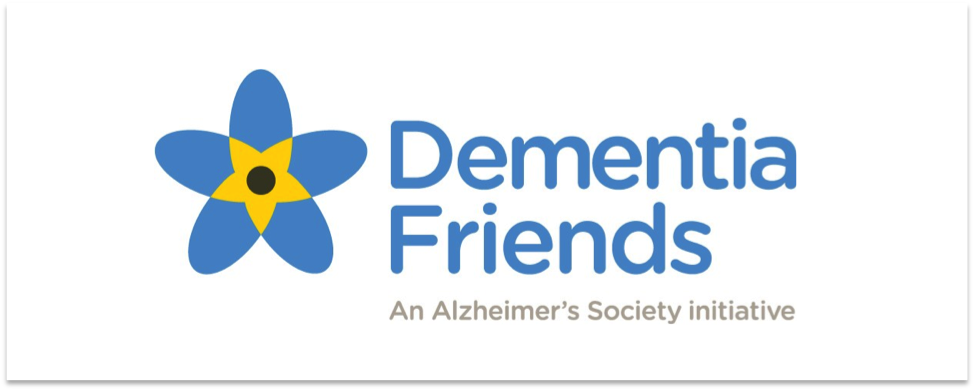The brain is fed by nutrient-rich blood, which means anyone interested in staving off dementia must work on the blood delivery system – which is the heart. The lymphatic system does not have its own pump; it depends on physical movement to get the lymph moving, which is often motivation enough for people to exercise. But because many people think the heart is a pump and therefore does all the work in moving blood throughout the body, some people are guilty of becoming lazy and letting the heart do all the work.
The heart needs help. It is a muscle, just like any other muscle in the body, except it works extremely hard all the time. People may wish for leaner arm or leg muscle, but for the most part they are okay with not working on them constantly by doing arm lifts or leg squats. Any intense exercise regimen will include periods of rest – but the heart can’t rest, it must keep working.
Since rest is not an option for maintaining heart health, exercise and nutrition deserve the spotlight. Lazing about all day every day weakens the heart, which means it cannot pump blood as effectively or efficiently as it is meant to do. Eating foods that clog arteries and veins means even if the heart is doing its job and oxygenating blood, the blood itself is not moving towards the brain and away from the brain without having to go through an obstacle course that shouldn’t be there. Depriving the cardiovascular system of proper exercise and nutrition may just as well mean depriving the brain of its building blocks.









